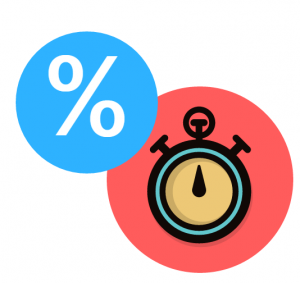Stock and bond prices move up and down every day – sometimes by very large amounts. Movement comes primarily from supply and demand of shares – which in turn is largely driven by information and how investors perceive the companies in the markets.
Bonds are essentially a much more formal I.O.U (I owe you) used to borrow money. You buy the bond in return to interest over a given period of time.
Fixed Income represents a distinct asset class, typically of corporate and treasury bonds. This type of investment doesn’t usually have a high return, but gives a consistent “fixed” return over time
Duration measures the percentage change in the price of a bond (or value of a bond portfolio) due to a change in market interest rates (also known as the yield).
Since the bottom fell out of the stock market in 2008, investors have been shifting money from stocks into bond funds. Since 2007, there have been $1.39 trillion invested in Bond Funds versus $193 billion in stock funds. The most logical explanation is an attempt to find income and safety, but are bonds truly safe?
A high-risk bond with a low credit rating. Junk Bonds usually have a much higher yield than investment-grade bonds.
A zero coupon bond is a bond sold without interest-paying coupons. Instead of paying periodic interest, the bond is sold at a discount and pays its entire face amount upon maturity, which is usually a one year period or longer.
Yield To Maturity is the interest rate that will make the present value of a bond’s remaining cash flows (if held to maturity) equal to the price (plus accrued interest, if any).
Par Value is the amount that the issuer of a bond agrees to pay at the date of maturity.
Discount refers to the price of a bond when it is below its par value.
Coupon Rate is the rate of interest paid on a bond, expressed as a percentage of the bond’s face value.
A Coupon is the periodic interest payment made to a bondholder during the life of the bond. (Usually semi-annual)










